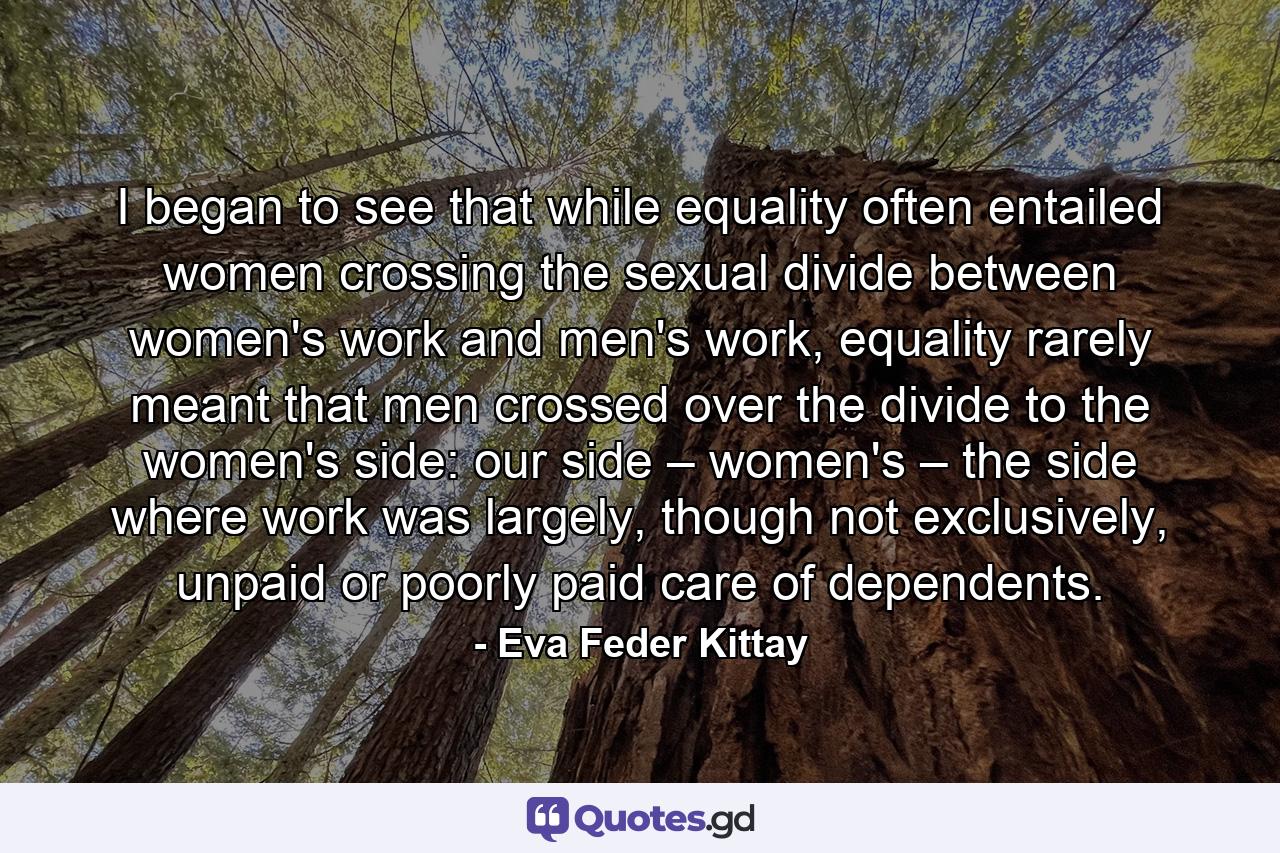The disparity, however, between the rewards offered in the labor market and the vital interest to have good dependency care makes it clear that market forces have not been relied upon to supply adequate dependency work. Indeed, a clear-eyed look at the nearly universal twin features of female caregiving and female subordination indicates: 1) that a certain class of persons has been subjected to and socialized to develop the character traits and the volitional structure needed for dependency work; 2) that certain sexual behaviors commensurate with forming attachments, being submissive to another's will, and so forth have been made compulsory for women; and 3) that poor women and women of color have been forced into paid employment as dependency workers by the scanty financial resources and limited employment opportunities available to them, and middle-class women have been forced out of paid employment not commensurate with their (largely unpaid) duties as dependency workers. It has not merely “happened” that women have consistently “chosen” to make dependency relations and dependency work central to their vision of the good life, while men have chosen a wider variety of options.


